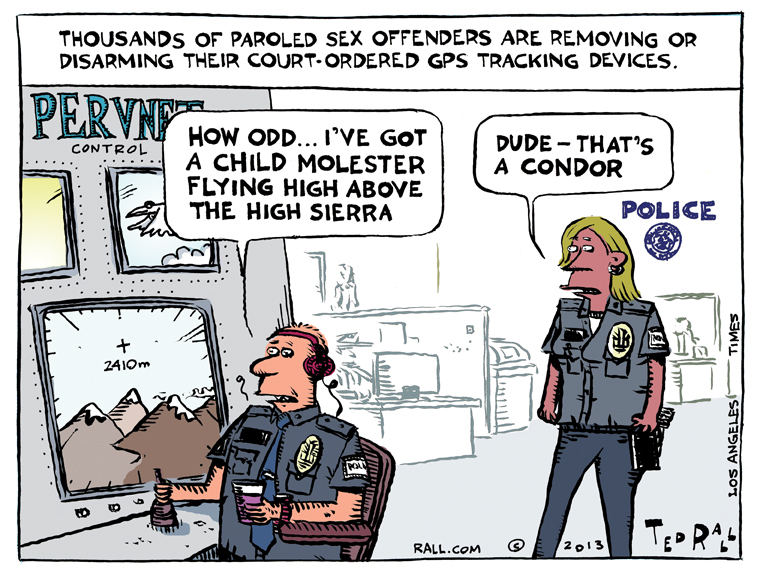When news of Hugo Chávez’s death broke yesterday, I wondered whether the Paper of Record would ignore its own disgusting record on Venezuela in its coverage. Alas, I was not disappointed.
In April 2002, when coup plotters briefly overthrew the democratically-elected president and kidnapped him to a remote island in the Caribbean – with the consent and backing of the White House – the Times jumped aboard the coup wagon. Not only was there an official editorial endorsing the coup, there was even a breathless profile of Pedro Carmona, a “Man in the News” in Times parlance, the coup leader/figurehead/who knows, full of details the Times could only have gotten in advance from one source: their chums in Langley, with whom they have a well-established and very cozy relationship.
Today the Times had nothing to say about its own role in the 2002 coup.
Um..Mr. Public Editor?




